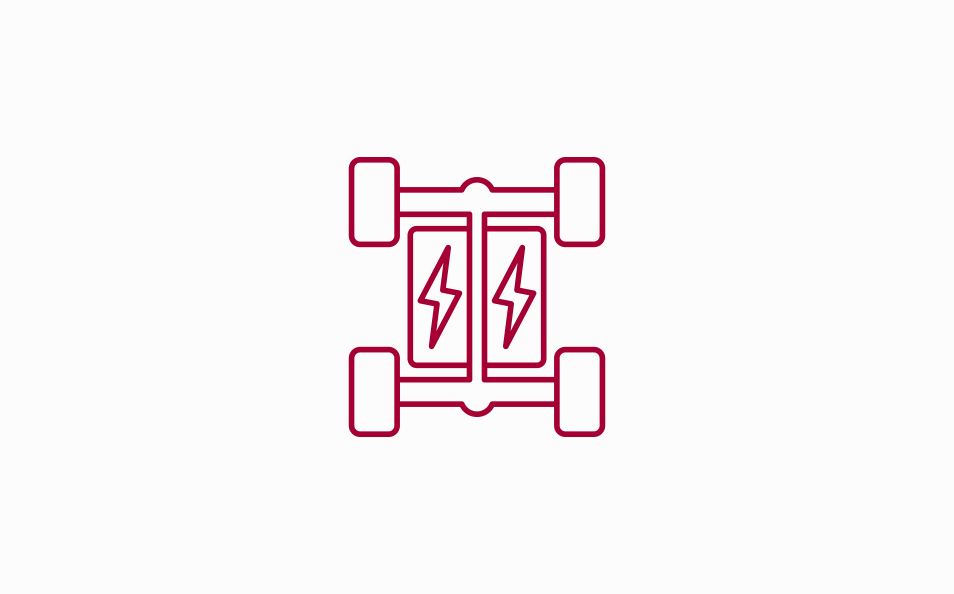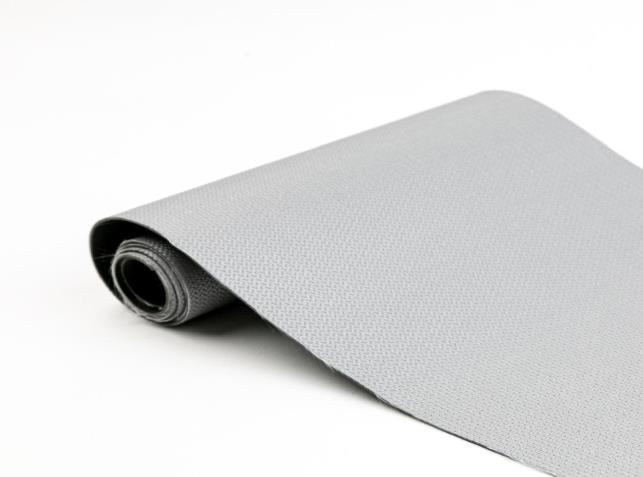

- Electrification
- Global
Three Ways to Protect Vehicle from LiB Thermal Runaway: Part 1 of 2
The safety of lithium-ion batteries (LiBs) in electric vehicles (EVs) has become a top priority for developers and manufacturers. While advancements in battery capacity and performance have been impressive, preventing fire caused by thermal runaway remains a critical challenge. This article, the first in a two-part series, explores a key solution: an advanced fireproof insulation material developed in partnership with a Chinese manufacturer backed in part by NAGASE Mobility.
The Issue
The Challenge of Thermal Runaway
As the EV market expands, the focus on enhancing LiB performance, particularly battery capacity and safety, has intensified. LiBs contain flammable liquid electrolytes. When an external impact or internal defect causes a short circuit, a significant amount of heat can build up, leading to a chain reaction known as thermal runaway. This can result in a catastrophic fire. In fact, there have been numerous reports of EV fires worldwide caused by thermal runaway.
To address this, most EV manufacturers use a combination of preventative measures.
Battery Management System (BMS): A BMS monitors the battery and prevents issues like overcharging and over-discharging, which can generate excessive heat.
Structural Design: The battery's structural design is engineered to dissipate heat, preventing it from accumulating.
However, even with these precautions, a severe external impact can still trigger thermal runaway. In such cases, having a plan to contain the fire and delay its spread is essential to ensure passenger safety.
The Solution
Thermal Runaway Prevention Using Formable Fireproof Insulation Sheets
To enhance EV safety, NAGASE Mobility and our partner company have developed a range of high-performance products, including the MK Sheet, an advanced fireproof thermal insulation sheet.
Products developed in collaboration wtih Boomrun to address thermal runaway
Fireproof Insulation Sheet with High Fire Resistance (Product Name: MK Sheet)
The MK Sheet is a fireproof insulation material designed to wrap around battery modules and individual cells. Made from a flexible silicone and glass fiber composite, it provides exceptional fire resistance and thermal insulation.
High Fire Resistance: The MK Sheet has passed rigorous fire testing, withstanding temperatures of 1,500°C for 30 minutes at a thickness of just 1 mm. It is also certified under the GB 38031 standard, which requires EV batteries to delay ignition for at least five minutes after thermal runaway, providing crucial time for passengers to escape.
Excellent Formability: The soft, silicone-based material is highly pliable, allowing it to be easily molded to fit the contours of the components it protects.
Proven Effectiveness: The MK Sheet is already being used in EVs in China, with a proven track record of real-world performance.

What's Next?
This article covered the importance of fireproofing and introduced the MK Sheet as a primary solution. In Part 2 of this series, we will explore two additional ways to protect batteries from thermal runaway: inter-cell insulation and humidity control materials.
If you have any questions about enhancing LiB safety or seek expert guidance on its improvement, please contact NAGASE Mobility.